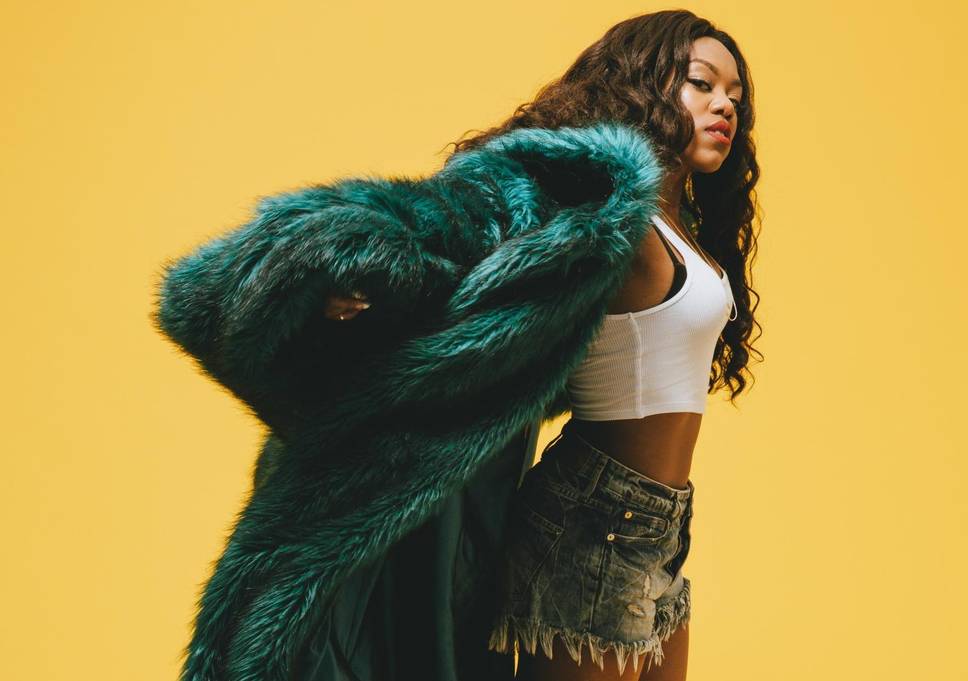It’s no question that women have played a vital part in the evolution of rap and hip hop. So why are female rappers so often overshadowed by their male counterparts?
It seems reductive to brand 2018 as the year of female rap, seeing as the likes of Lauryn Hill, Lil’ Kim and Missy Elliot – to name but a few – have been killing it for decades. Nevertheless, it’s impossible not to feel as though we are on the brink of a renaissance of utter girl power in the world of hip-hop, with talent rising up the ranks to match, and often surpass, the exposure of their male counterparts. In an industry fresh from the sudden and unprecedented success of bona fide Bronx boss Cardi B, who brazenly scored the first US No. 1 from a female rapper in two decades with her smash-hit ‘Bodak Yellow’, it looks like a new chapter is beginning for the women of rap. So, who are the stars of the genre’s new generation?
What is most striking about the canon of up-and-coming female rappers is the variety of personalities and styles taking hip-hop by storm. Take the larger-than-life Chicago viral sensation CupcakKe for example. Her raunchy one-liners and sexually explicit lyrics give her tracks an absurdly bold attitude; yet under her superficial layer of outrageousness lies a worthy message of love and acceptance, for instance her gay anthem ‘LGBT’. Alternatively, you could go for the masked magic of Leikeli47, the balaclava-donning Brooklyn MC who effortlessly mixes high-energy productions with masterful lyricism to create some of the most pumping, twerk-inducing tracks you are likely to ever hear, as evidenced by her two critically acclaimed EPs, LK-47 and its follow-up LK-47 PT.II. Female rap icons are everywhere; take a look at the fearlessly fly Princess Nokia, whose feminist podcasts and politically-driven music make her the perfect icon for the socially-conscious audiences of 2018. Apart from appearing under the same umbrella of musical genre, the aforementioned artists share very few similarities. Clearly, rap has never seen such diversity and consequently, the scene has never been so rich.
“With such an array of talent on offer, how can you resist the women of rap?”

Things are faring well on this side of the pond as well. The breakthrough of Croydon rapper Nadia Rose is one of both commercial and critical success, with her cheeky lyrical punchlines leading to her meteoric rise. From mulling over bars during shifts in a betting shop to a spot on the BBC’s prestigious annual ‘Sound Of…’ poll and a killer set at Glastonbury, Nadia Rose is spitting in the face of patriarchal dominance within rap. By fusing together the look of glamour and luxury with the grit of grime, Stefflon Don too has been tipped for stardom as she has been branded “the UK’s great hip-hop hope”. Similarly, who can ignore the popularity of Solihull showstopper Lady Leshurr, who can now be found on Forbes’ “30 under 30” list, and whose series of Queen’s Speeches – all delivered with a thick and slick Brummy brogue – became viral.
Although the current triumphs of female rappers are certainly cause to celebrate, it is important to remember the deep-rooted misogyny that plagues hip-hop. As Leshurr herself has said: “The only way to promote female rappers is to pit them against each other. It pushes the gaps between us – girl rappers are afraid to work together because we get fixed in these imaginary competitions. The industry just doesn’t know what to do with women.”
Still, the genre may have a long way to go before its women are treated as true equals, but what is needed is a canon of bold and daring females to drag the industry out of its antiquated sexism into the present day. With such an array of talent on offer, how can you resist the women of rap?
Alex Gibbon

